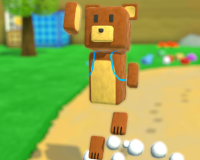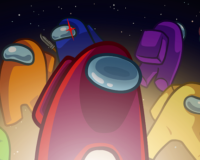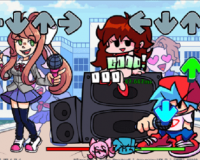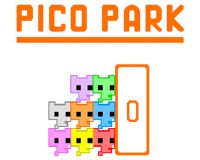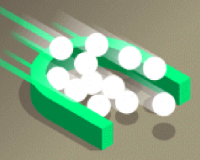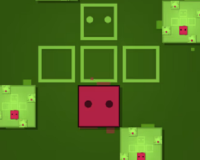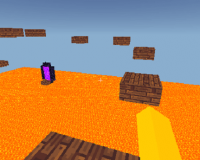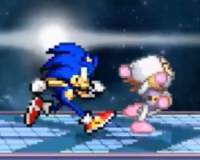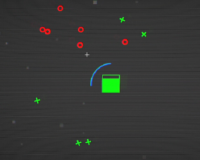
Advertisement
Cult of PiN
Cult of PiN transforms the concept of pinball into a continuous challenge built on precision and repetition. The player is placed in control of a single ball whose trajectory defines success or failure. Each strike, rebound, and bounce contributes to progress through a set of interconnected tables. The screen becomes a closed arena where timing matters more than speed. What appears simple quickly becomes complex as the player realizes that control is partial—momentum can be influenced but never mastered completely. The experience turns into an ongoing dialogue between intention and reaction.
Systems of Choice
The structure of the game is divided between immediate execution and delayed consequence. While each table is active play, decisions taken between tables determine long-term outcomes. Glyphs represent small modifications collected during a run, while Blessings are larger choices applied after clearing a stage. The two systems interact so that each attempt builds a new combination of effects. The player learns which patterns work and which collapse under pressure. Cult of PiN uses this framework to link physics with planning, forcing attention on both reflex and foresight.
Flow of a Single Run
A full session of Cult of PiN follows a clear and repeatable order:
- Launch the ball and sustain movement.
- Strike bumpers and activate targets to clear the table.
- Gather Glyphs for immediate upgrades.
- Choose Blessings after each completed act.
- Continue advancing until loss resets the run.
This pattern defines every playthrough. It requires rhythm, precision, and adaptability. Failure is not punishment but information—an instruction for the next attempt.
Escalation and Design
With every act, conditions shift. The tables add new obstacles or alter the laws of movement. Some rounds change the angle of flippers or add modifiers that distort the field. The player must adjust instinctively while maintaining awareness of collected bonuses. The increasing difficulty never feels random; it builds logically from the mechanics introduced earlier. The result is an experience that rewards consistency more than improvisation. Cult of PiN turns endurance into skill, demanding steady control across unpredictable variations.
The Concept of Devotion
The repetition at the core of Cult of PiN mirrors the act of ritual. Each run is a return to familiar space with renewed purpose. The game offers no permanent safety or victory—only the chance to perform better than before. The “cult” in its title reflects a voluntary cycle of learning, where success comes from understanding patterns rather than conquering them. Over time, the player becomes devoted not to the end goal but to the process itself, treating every launch as both experiment and meditation on control.












